Blow-Up (1966)
“I’ve come for the photographs.”
|
Synopsis: |
|
Genres, Themes, Actors, and Directors:
Response to Peary’s Review: … so “it will take something drastic to knock him out of his complacency and make him distinguish between what is real and illusionary, what is trivial and important.” After giving away numerous spoilers in his review (don’t read anything about this film if you’ve never seen it and want to remain surprised), Peary writes that “Antonioni’s point is that the introduction of a camera always distorts reality; also, since each person has singular sensibilities, no individual is capable of seeing Truth (a second person would have a different perspective on the same image).” Peary argues that this “once vital film is dated and its flimsiness and pretentiousness are more evident today” — indeed, this is precisely how I now view the film many years after first being impressed and deeply intrigued by it as a younger film fanatic. However, Peary asserts it should (still) be watched “as a document of its time, to see the fancy camera work that turned us on, the nudity that had us blushing: … the Yardbirds performing in front of catatonic youths: … the mod clothes: … and Hemmings tossing the invisible tennis ball to the mimes — an image that, for some reason, remains one of the most indelible in cinema history.” Peary adds that “Antonioni’s picture altered the style of cinema and enlarged its audience — [and] for that we can always think of it fondly.” Redeeming Qualities and Moments:
Must See? Categories
(Listed in 1001 Movies You Must See Before You Die) Links: |


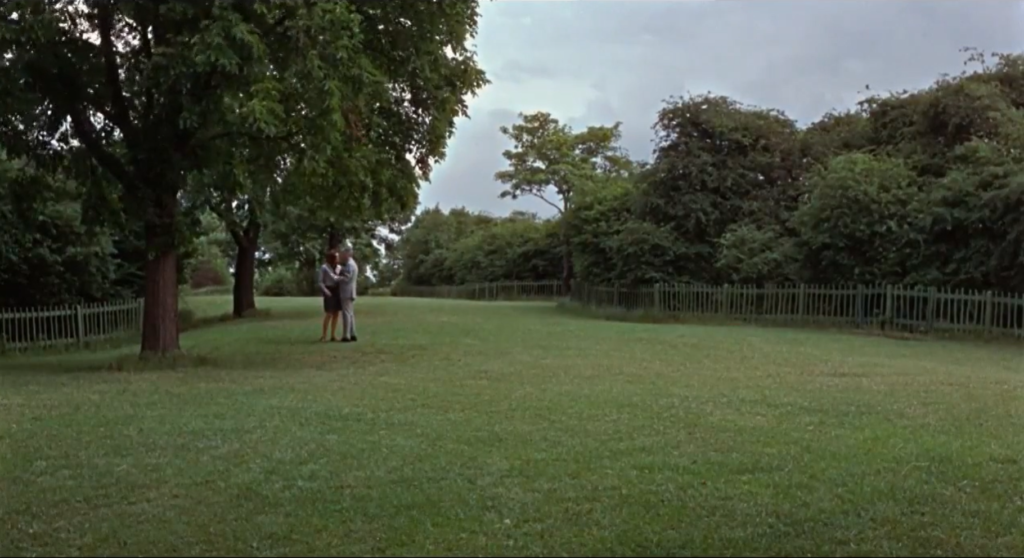
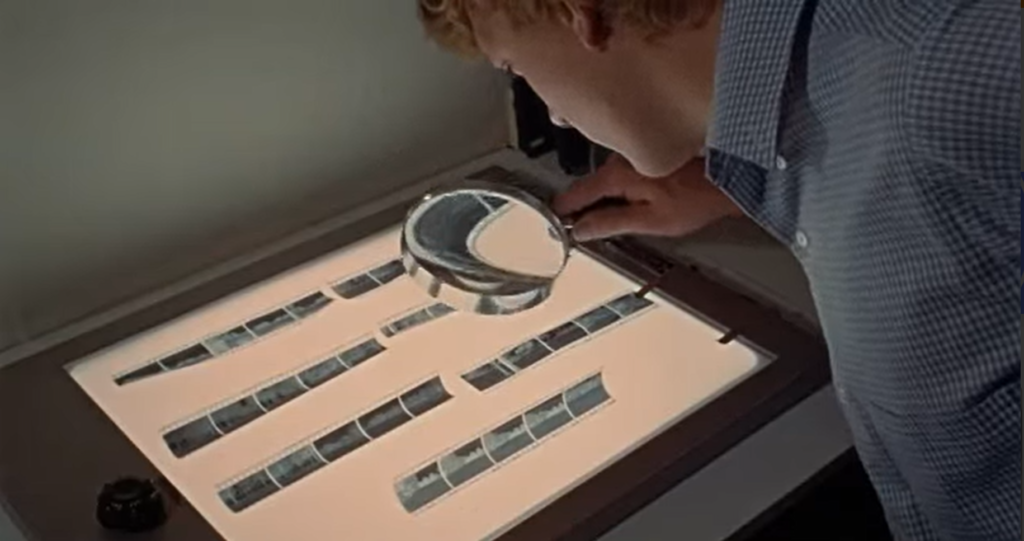
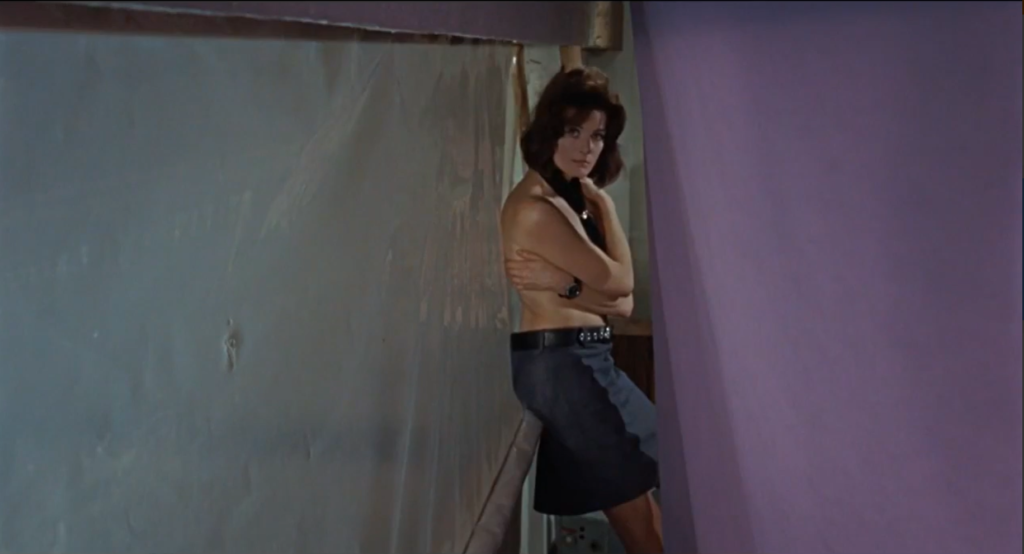
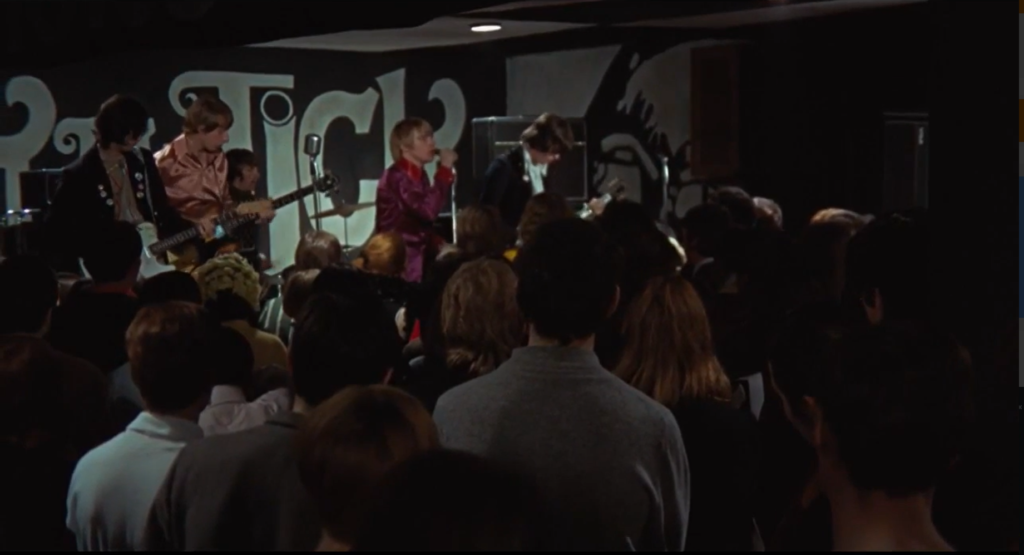

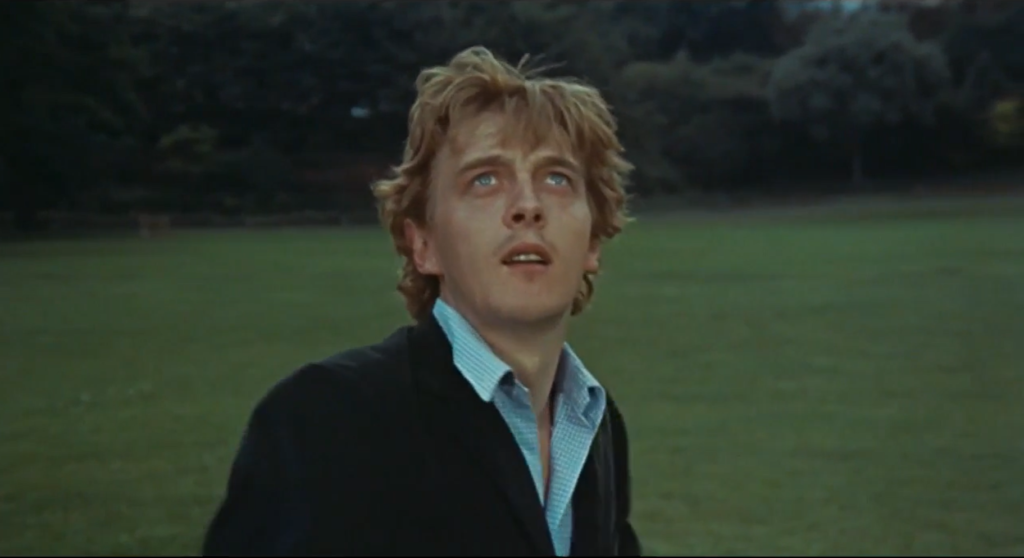
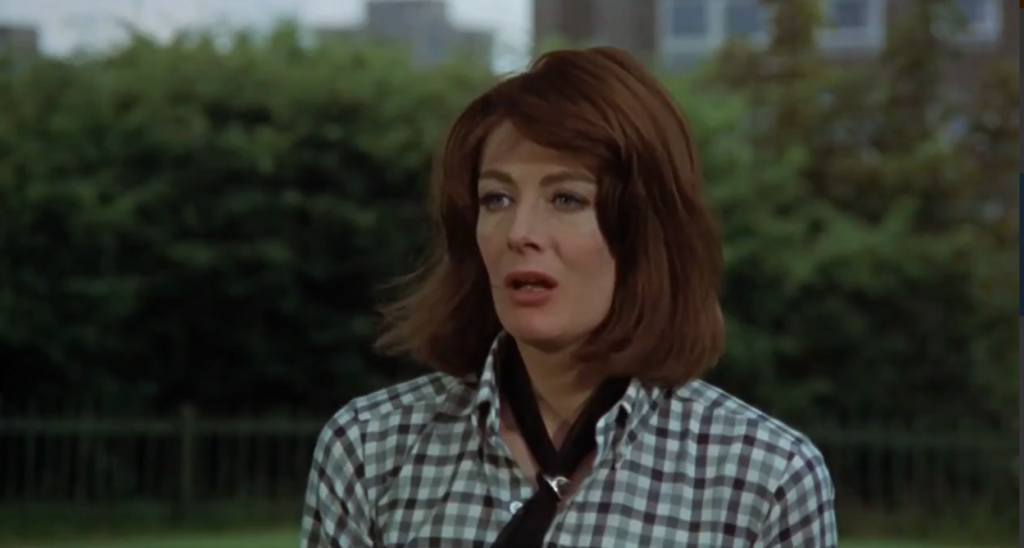


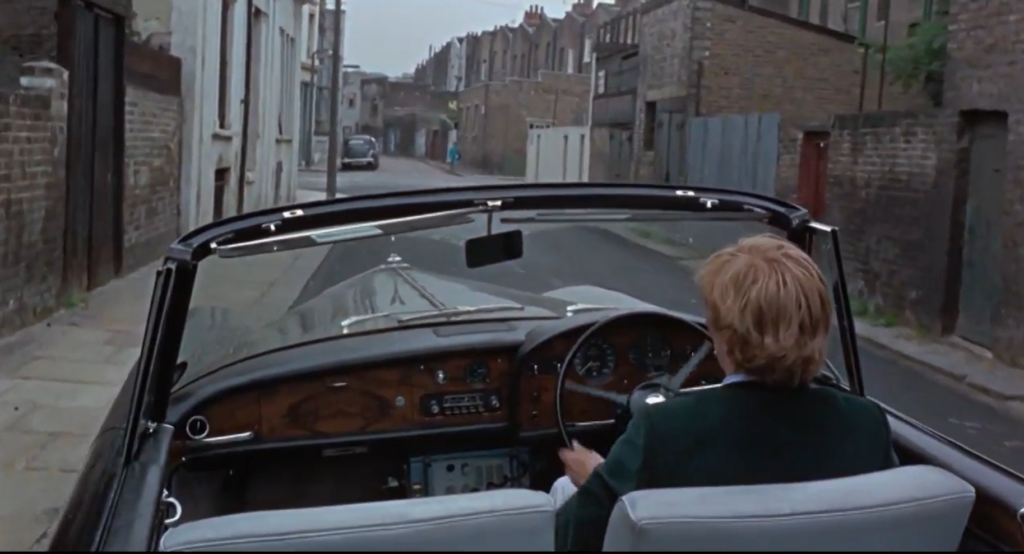

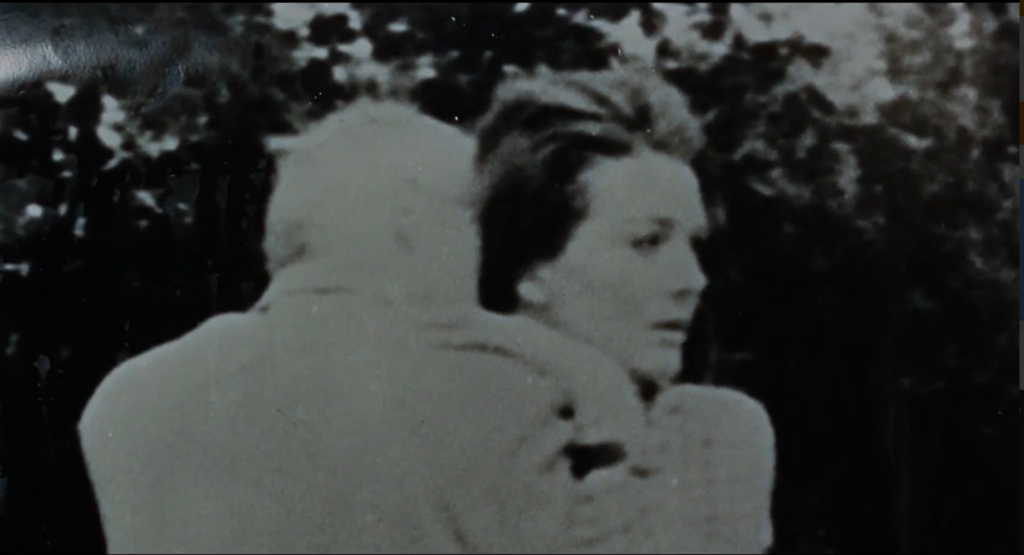

2 thoughts on “Blow-Up (1966)”
⭐️⭐️⭐️1/2 out of ⭐️⭐️⭐️⭐️
Fine arthouse thriller seems to have been a big influence on lots of filmmakers since (see Argento’s Deep Red and De Palma’s Blow Out). A must.
A once-must, for its place in cinema history (but, personally, this is not one of my favorite Antonioni films). As per my 1/22/20 post in ‘Revival House of Camp & Cult’ (fb):
“No, we haven’t met. You’ve never seen me.”
‘Blow-Up’ [blu-ray]: Two Antonioni films that I’ve always found more satisfying are ‘L’Avventura’ and ‘The Passenger’. I point that out first because I’ve taken note, over the years, of the number of people who have told me that they find both of those films boring. I’m sure there are people who find *all* Antonioni films boring. I’d say a number of them are a mixed bag – and I’d put ‘Blow-Up’ in with those. To date, I’ve seen it 3 times – & it seems to have strengths and weaknesses. Certainly its main strength is what’s at its core – the mystery element supplied, in part, by Julio Cortazar’s short story ‘Las babas del diablo’ (‘The Devil’s Drooling’). I’ve learned that – much unlike the film – the original story actually details a sort-of degenerate gay man’s plan to have a 40-ish woman procure a teen boy for him (!). The screenplay’s complete change in the nature of the mystery certainly made it more palatable in the mainstream. And that change – which intriguingly and successfully dominates the middle part of the film – makes for a gripping exploration of the theme of ‘reality’.
But Antonioni blends his potent elements with a finger-on-the-pulse compendium of London’s ‘Swinging ’60s’ that is surprisingly lackluster. As a result, the film is uneven and its power is compromised, esp. at its conclusion.
There’s also a troubling through-line of misogyny. Females are depicted as (pick one or two per woman) stupid; incapable of creativity unless under guidance (and limited even then); indecisive; lacking direction, etc…. or, in the case of Vanessa Redgrave’s Jane: neurotic, duplicitous and pliable. We’re to view the male protagonist (David Hemmings) and the men in general as the only ones who have control or are capable of it.
All that said… those who have a genuine interest in understanding this particular film on a deeper level would do well to watch the hour-long doc ‘Blow-Up of ‘Blow-Up” on Criterion’s blu-ray. Though it didn’t make me like the film a lot more, it did help me gain a better perspective on it.